The cinematograph was presented to the world in Paris in 1895 by the Lumière brothers. Over the years, many old cinemas were repurposed as bingo halls, music hall venues and car showrooms. Since then films have become an integral part of our world and numerous cinemas have been opened throughout the globe. This is why we decided to present to you the oldest film houses in the United Kingdom that are still functioning to this day.
Regent Street Cinema, London
Regent Street Cinema building in central London, often hailed as the birthplace of British cinema, was the first UK venue to showcase moving pictures back in 1896. Initially part of the Royal Polytechnic Institution, it transformed into a cinema in the early 1900s and was instrumental in introducing the UK to the magic of film. During and after World War II, the Regent Street Cinema adapted by being repurposed for government use and later faced challenges due to declining attendance. After a brief spell as a lecture hall, it underwent restoration, reclaiming its place as a cinema and a cherished piece of cinematic history.
The Electric, Birmingham
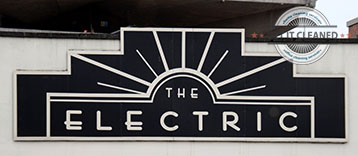
Credited to be the oldest picture house in the United Kingdom, the Electric was founded in 1909. The cinema’s history is intertwined with the legacy of the Associated British Cinemas (ABC) group, which played a significant role in shaping the cinema culture in London and beyond. Today, very little of the original Edwardian edifice remains as the building was remodeled during the late-1930s by its owner Joseph Cohen. The new edifice was designed by prominent British architect Cecil Filmore. The film house was once again the subject of a major alteration project during the early years of the 21st century. The interior of the cinema however has kept its art deco ambiance. Visitors are drawn to its plush interiors and, as a unique offering among British cinemas, luxury seats in the rear rows come with waiter service, adding an extra touch of comfort. The most notable feature of the Electric is that filmgoers can benefit from large and comfortable luxury sofas at the rear rows which are complimented with waiter service.
Ritzy Cinema, London
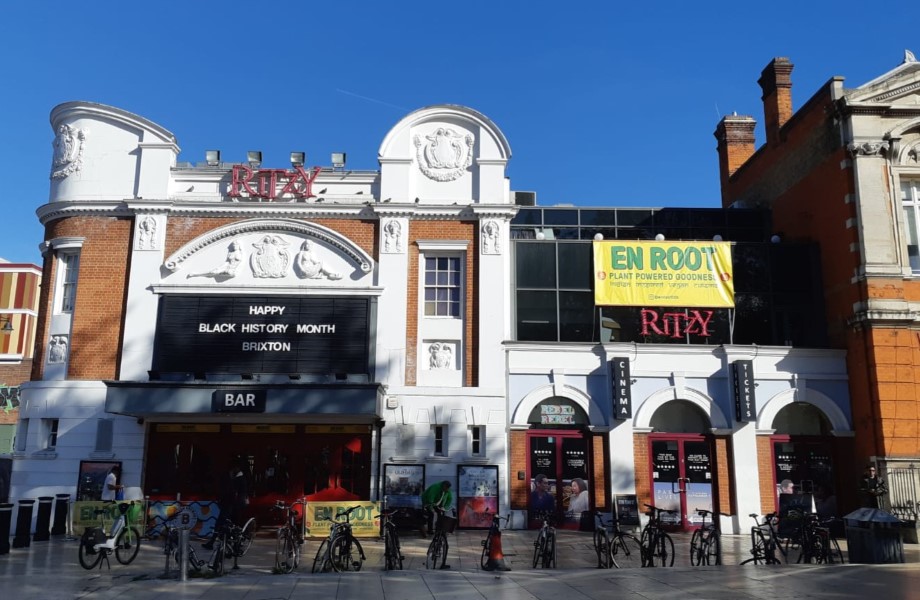
In Brixton, London this cinema was opened in 1911 and was originally called “the Electric Pavilion”. It was commissioned by Israel Davis and built by E. C. Homer and Lucas. At the time it had 750 seats and an organ. In the mid 1950s it was renovated by cinema architect George Coles who also installed cinemascope. It was closed in the late 70s and reopened a few years later. In 2009 the interior was fully restored and a music hall added to the first floor. Today it’s one of the few old cinemas in London that has most of its original frontage. So if you like going to the movies and want to do it in a more old school way then you should pop in after you’ve finished the carpet cleaning for example. With its vintage charm and historical feel the Ritzy is a unique movie going experience in modern British cinema. The Ritzy is also a concert venue and hosts various music events that showcase its heritage and evolution over time.
Coronet Cinema, Notting Hill
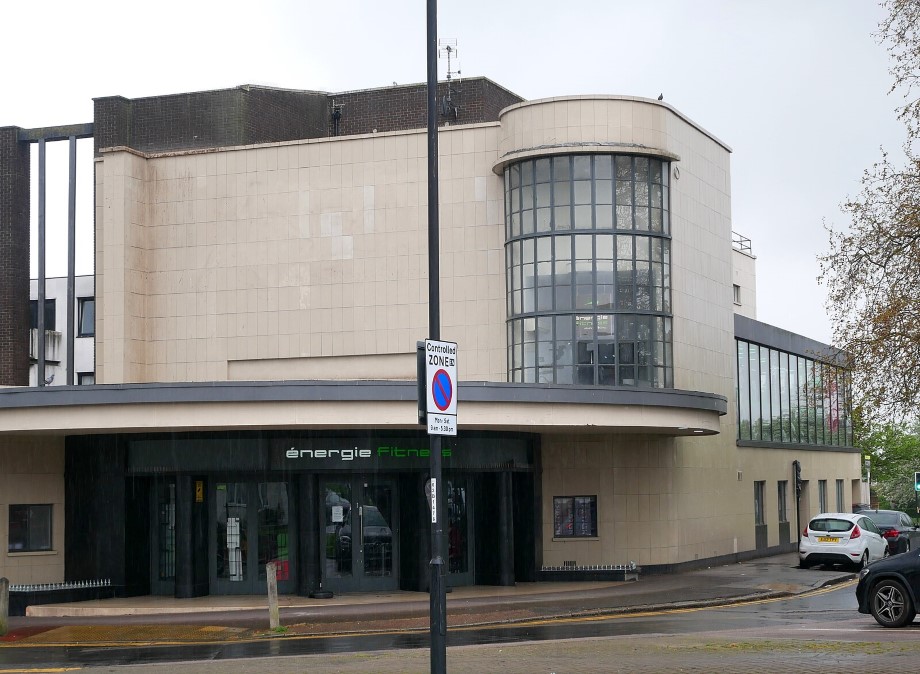
Originally a theatre in the late 1800s the Coronet in Notting Hill became a cinema in 1923. It started as a live performance and variety show venue and then adapted to the growing popularity of films. Known for its lovely vintage interior and intimate atmosphere the Coronet was a local and tourist favourite. Fun fact: it was also a filming location for the movie Notting Hill. Today you can book tickets to see films in its two screens and experience the best of old and new. As part of the redevelopment the Coronet Cinema will be adding new screens, improving the facilities and modernising the experience for visitors.
Duke of York’s Picture House, Brighton
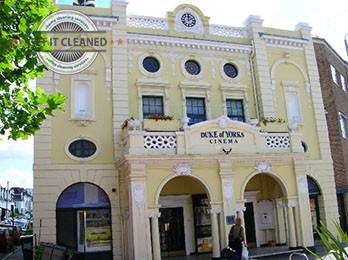
The Duke of York’s Picture House was established in 1910 in Brighton and claims to be the oldest unaltered still functioning cinema in the United Kingdom. The construction of the film house was funded by the prominent English actress-manager and stage performer, Violet Melnotte (born Emma Solomon). During and after World War II, the cinema adapted by continuing operations and serving as a resilient cultural hub amidst societal changes. The cinema sits on the same site where once stood the well known local Amber Ale Brewery, remains of which form the rear wall of the auditorium. The picture house is identified as a Grade II edifice by the local authorities and it is one of the city’s most visited and recognisable landmarks. A favorite among locals, it’s more than just a cinema—it’s a piece of Brighton’s vibrant history, complete with its original decor and quirky charm.
Phoenix Cinema, London
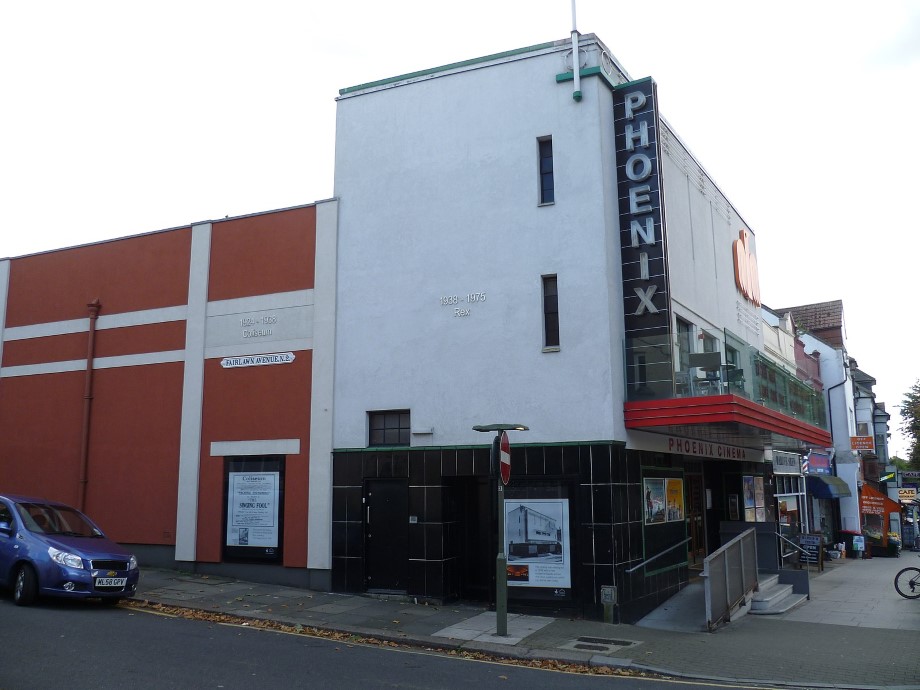
Built in 1910 and officially opened in 1912 as the East Finchley Picturedome, the Phoenix Cinema is the second oldest continuously running film house in the United Kingdom. It shows mainly art house productions which you should see. As part of its redevelopment, there are plans for a new cinema that will include contemporary design elements and residential spaces. Famous for its art deco style interior and independent film selections, the Phoenix Cinema is a North London gem. Hosting occasional live music events and featuring luxury seats in select sections, it’s an ideal spot for cinephiles seeking a nostalgic movie-going experience.
Honourable mentions:
- The Curzon, Clevedon opened in 1912
- The Electric Cinema, London opened in 1910
- Theatr Colwyn, Colwyn Bay opened in 1909
- The Odeon Cinema
- The Regal Cinema
- The ABC Cinema
- The Rex Cinema
- The Carlton Cinema


